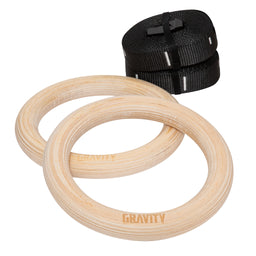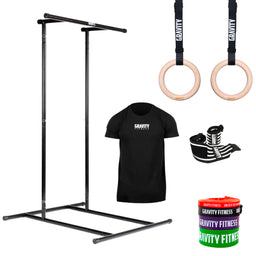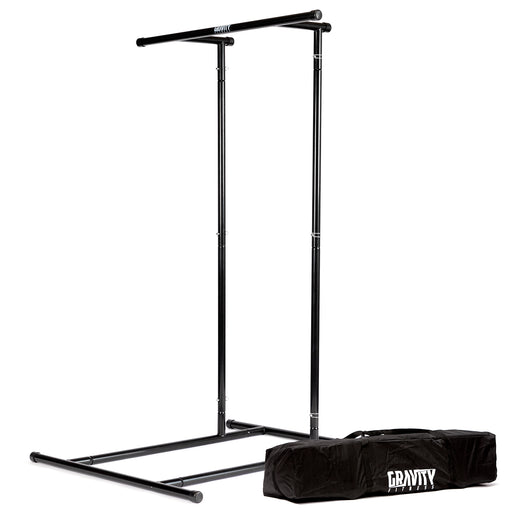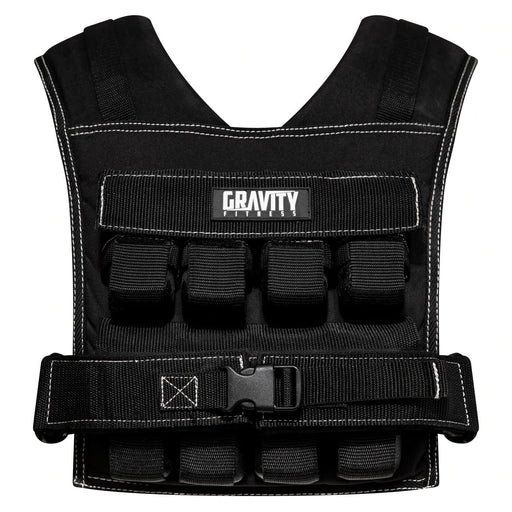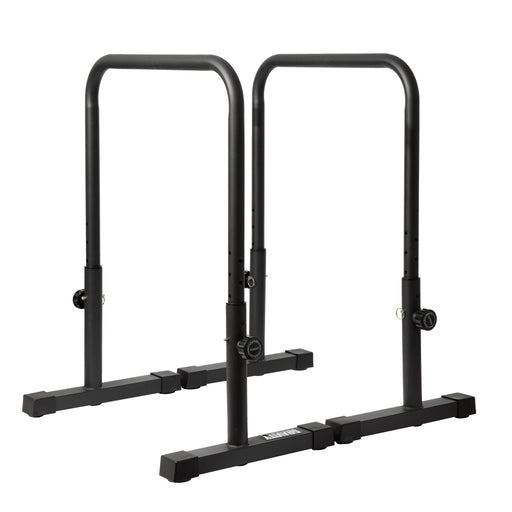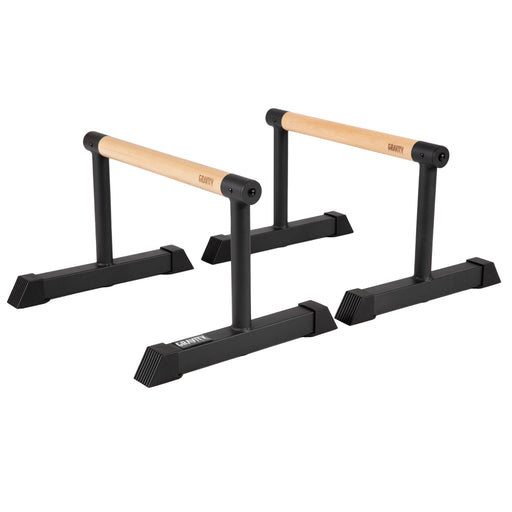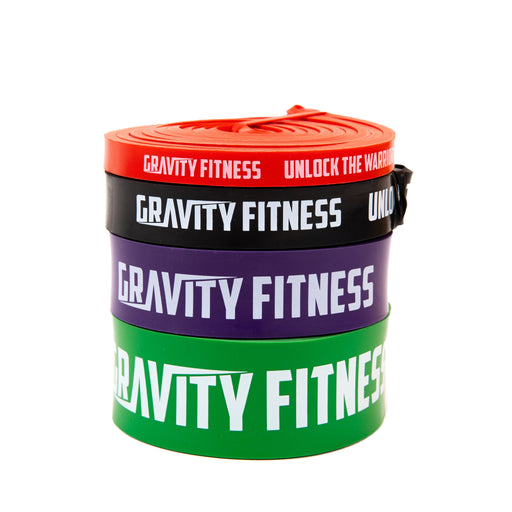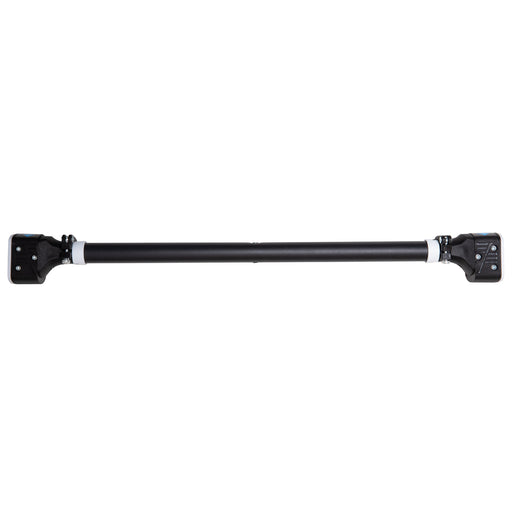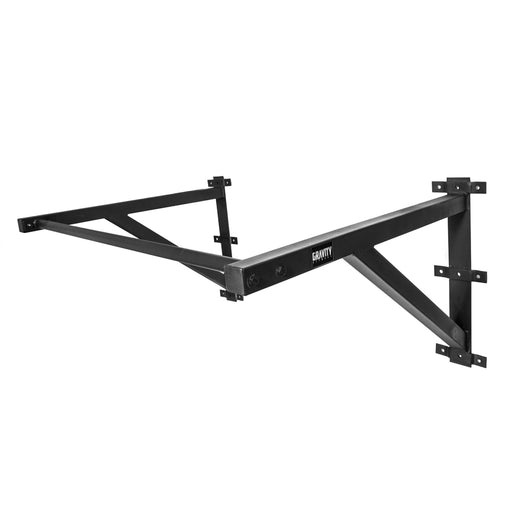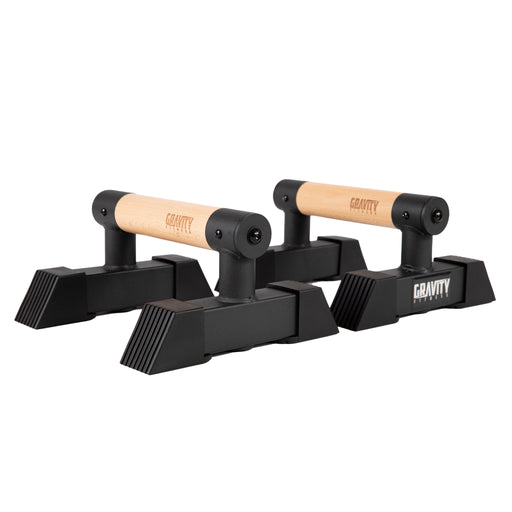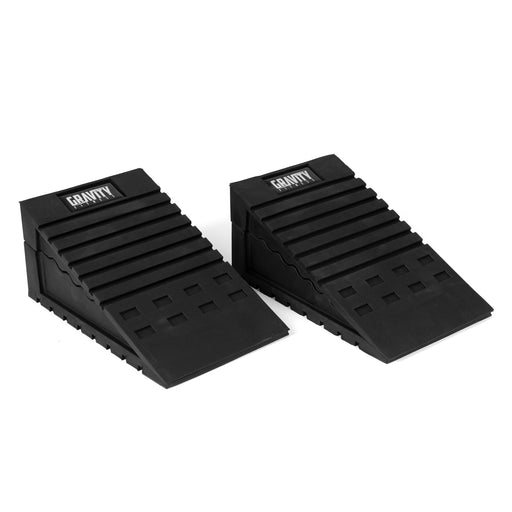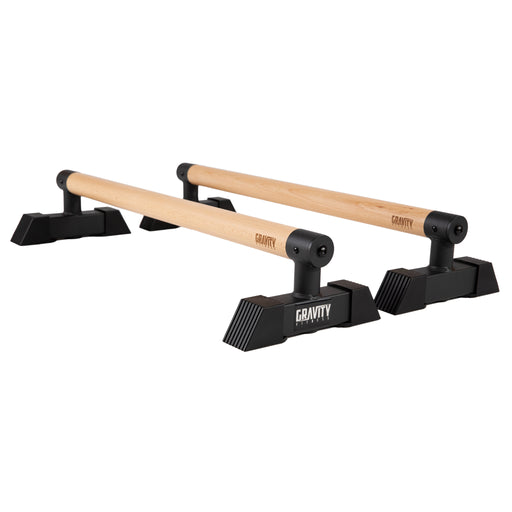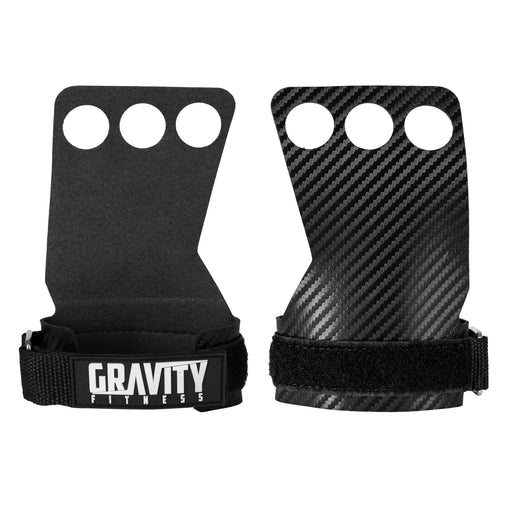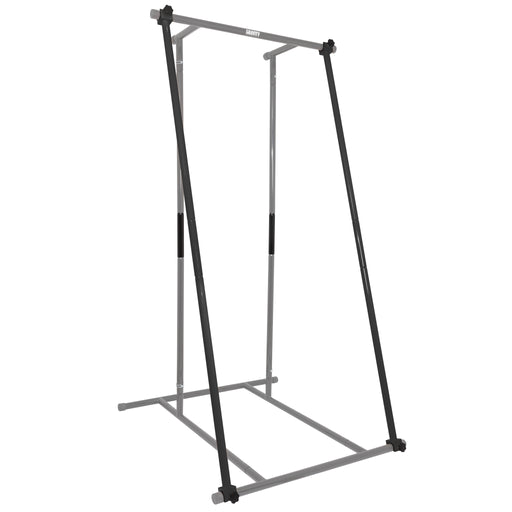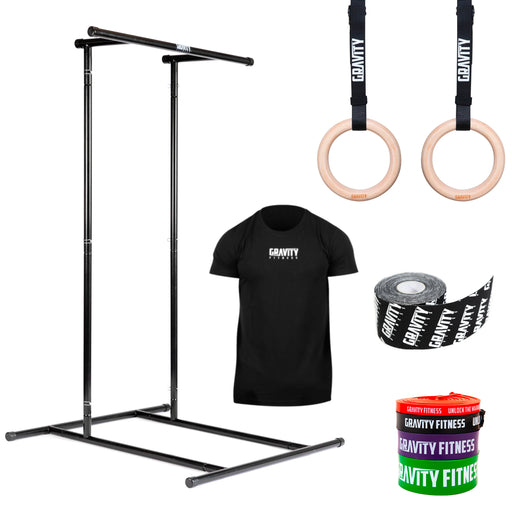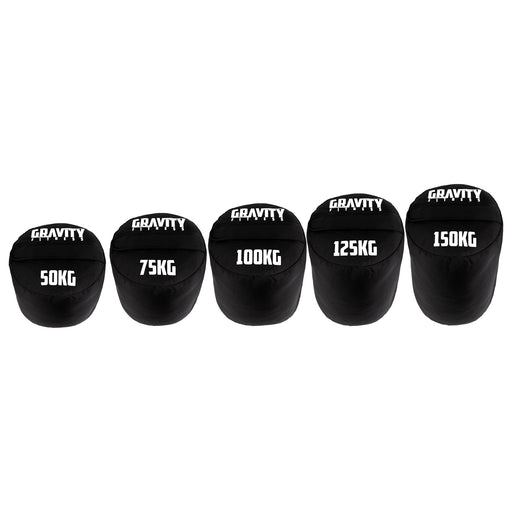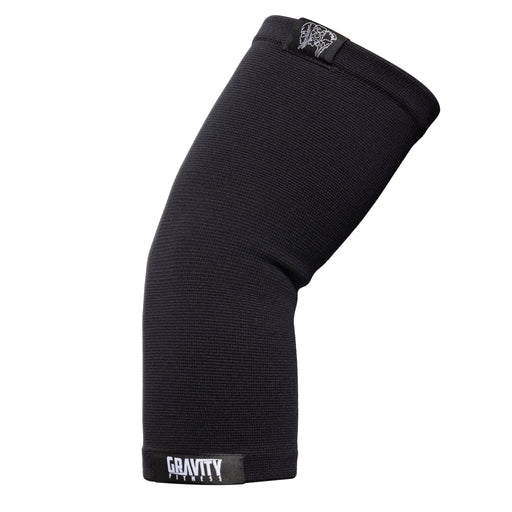
Mobility - the missing piece of your training puzzle
Mobility - the missing piece of your training puzzle
You go balls to the wall in training and never miss a session, but how often do you do mobility work? It’s time to pay some attention to the boring stuff that holds it all together.
What counts as “mobility”?
Elite athletes have known about the importance of mobility work for decades, but it’s only recently filtered down to the rest of us. And despite a number of apps, programmes, and enthusiastic coaches urging us to do more mobility, some of us are still ignoring it completely.
Which is ludicrous, when you consider that just 5-10 minutes of “do anywhere” mobility work will help you stay free of injury and get more out of your training.
Mobility work is any combination of active stretching and gentle movement that moves your joints through their full range. It can be done as part of your warm up, directly after training, or at any point during the day.
Mobility vs yoga vs stretching
Mobility work is different to static stretching, and it’s not like yoga either. The main difference is that mobility work asks you to keep moving rather than holding stretches. This works the joints through lateral, rotational, and transverse planes of movement.
Some mobility movements might look similar to yoga. But whilst yoga asks you to move to end range and hold that position, mobility work will get you moving around that end range but without static holds.
How mobility helps training performance
1 Aids warm up and movement prep
Be honest, do you really warm up properly? Does your warm up include movement prep, drills, and working through the key joints you’ll be using in your session? Building mobility work into your warm up will increase range and ease through those joints.
2 Increases range of motion
You won’t get the most out of your training session if you can’t actually move your body properly. Mobility work will ease stiffness and help you be able to get into a proper squat, rotation, or overhead position.
3 Increase strength at end range
When you’re moving heavy load, you need to be confident that your body is strong and stable at the top and bottom of each movement. Regular mobility work will help your body get stronger at the most vulnerable parts of key movements.
4 Gets you in tune with your body
Regular mobility work will help you listen to your body and treat it to short movement sessions so it functions better. It’s all very well being consistent with training, and always hitting required intensity. But you need to tick all the boxes – and that includes mobility work.
5 Helps with recovery
Mobility work will literally aid recovery, by stretching connective tissue and working into fascia. But the simple act of having a regular mobility practice will also help your overall recovery. 10 minutes of mobility after training is the chance to calm down, breathe, and bring your nervous system back down to earth.
How to do mobility work at home
One of the most appealing things about mobility work is that you can do it at home, at the gym, and any time of day. You don’t actually need any equipment. A mat would be nice to have, and a plastic pipe, lacrosse ball, and resistance bands are nice to have. But you can get a great mobility session done with no equipment at all.
Key areas to focus on mobility
- Shoulders and chest
- Thoracic and mid-back
- Lower back
- Hips and groin
- Ribs and spine
- Ankles and toes
Try this short pre-training mobility routine
- Start standing and take your chin to chest then roll through your neck from right to left.
- Do a slow Jefferson curl (curling the spine through its full range from neck through every vertebra) and come back up slowly to standing. Repeat this twice.
- Place your hands into your lower back and press your hips forward for a small back bend.
- Then hinge at the hips with straight legs to feel a hamstring stretch before rolling down through a forward fold.
- Get into a tabletop position and move through cat/cow pose to get some movement through your spine and thoracic. Finish in child’s pose to ease your lower back and hips.
- Get long lunge with the right knee forward. Spend some time rocking the front knee open to work into the hip.
- Take the right arm back in a big circle, and forward over your head to rest on the floor diagonally in front of you.
- Use both hands to push back into a straight right leg to stretch the hamstrings.
- Repeat steps 6-8 on the other side.
- Bring your knees under your hips and walk your hands forward, dropping your chest towards the floor (eyes forward, aiming to get the chin on the mat)
- Shift back into a child’s pose and rock side to side gently
- Tuck your toes underneath and sit up into a wide squat, aiming to get your heels to the ground (it might help to hold a light weight in front as a counterbalance). Rock from side to side to mobilise the ankles.
- Place your hands on the floor and roll up into standing.
- Circle your arms wide and overhead, interlock your hands and place them overhead, and twist gently side to side.
